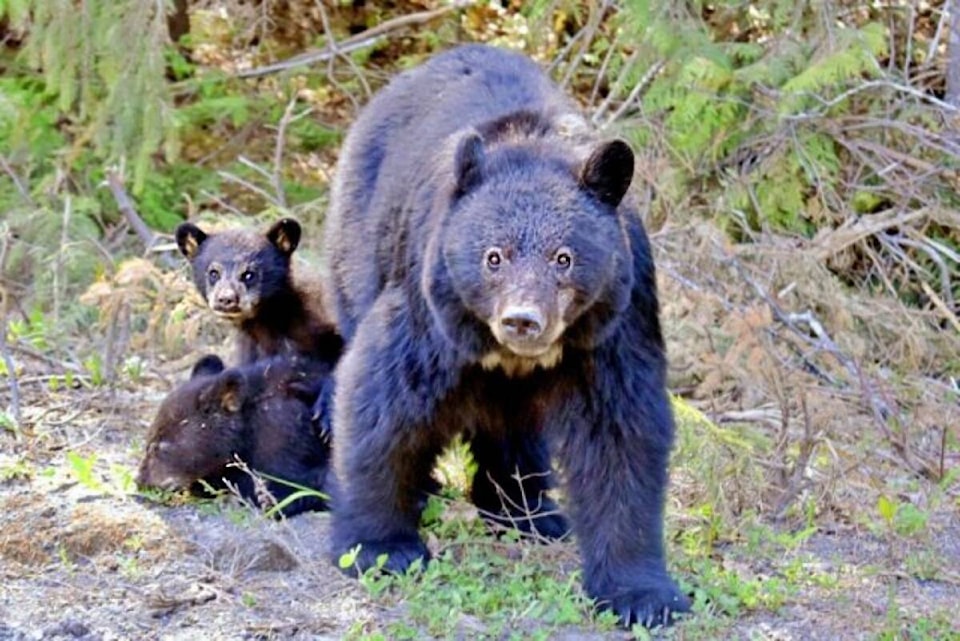Vanderhoof residents are advised to keep garbage and food attractants secure to deter bears in residential areas, the Conservation Officer Service warned on Oct. 13.
Amber Elliott, conservation officer, said that there is always an increase in bear activity at this time of year, and fall is busier with sightings and calls to the service.
While every call received by the COS about bear sightings is assessed for public safety risk, the officer said despite years of effort, trying to educate the community is not working.
“The education thing is really not gaining any ground. So, we as a province, and in this area too, we are moving more towards enforcement,” Elliott said, adding that people who may call in complaining about bears in their garbage several times can expect to hear from the COS.
Attractant audits are completed by the COS where officers drive through communities looking for unsecured garbage and food sources to assist with safety.
“If people call in and they’ve had a bear consistently into their garbage, they can expect that they will be receiving a fine for that,” she said.
Bears are an opportunistic species, and if they realize there are food sources readily available, they will take advantage, Elliott said, even in close proximity to people.
“As we head into wintertime, bears enter a biological period called hyperphagia. Basically, their entire world becomes [enveloped] by the need to consume as many calories as they possibly can.”
Food sources can be household refuse, fruit trees, crab apples, berries, and birdfeeders.
Elliott has been a conservation officer for more than five years in Fort St. James, Fraser Lake, Vanderhoof and surrounding First Nation communities, where she said there has been more activity seen this year.
“What we see overall is similar from community to community, in all of our communities, we always have, and we always will have bears who move through town,” she said.
While residents may voice concerns about keeping children and the community safe, she said the key point is it comes down to personal accountability.
“Bears will always be in and around our communities. That’s something that’s never going to change. If residents truly want to make a difference in making their communities safer in regard to bears, people need to take their own personal action and make sure that their attractants are secured so that we are not running into habituated bears over and over.”
The COS highly recommends household refuse to be kept in a garage or shed, and it is not put outside until garbage collection day. If it does need to be stored out in the open, bins should be secured with the minimum of a ratchet strap.
“Other things that are really important are picking fruit trees and berry trees as soon as they become ripe. If you are not able to do that consistently, you really should be considering taking those trees down.”
Bird feeders are not recommended to stay up at any time of the year, Elliott said, but if they have to be up, it should only be in the winter after the bears are hibernating.
“They should not be out in the spring and fall just because the bears are so active,” she said.
K-J Millar | Journalist
Send K-J email
Like the The Northern View on Facebook
Follow us on Twitter
